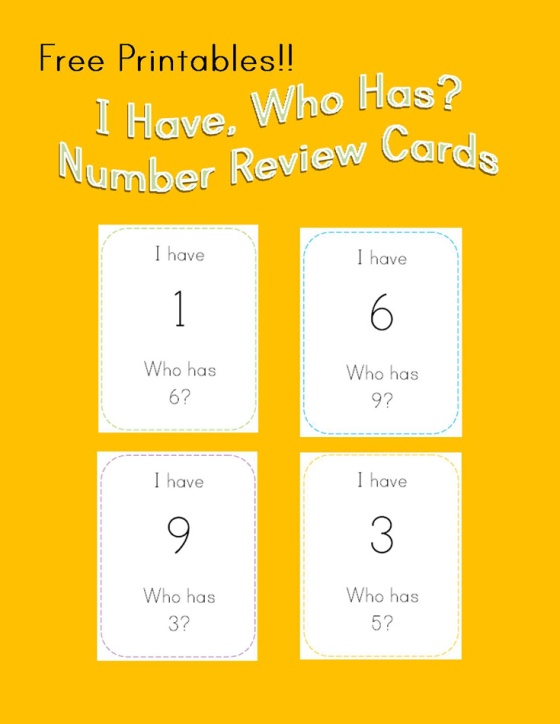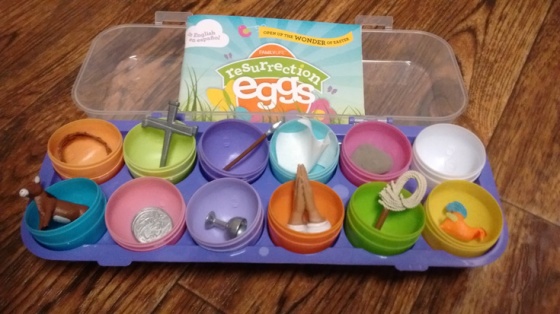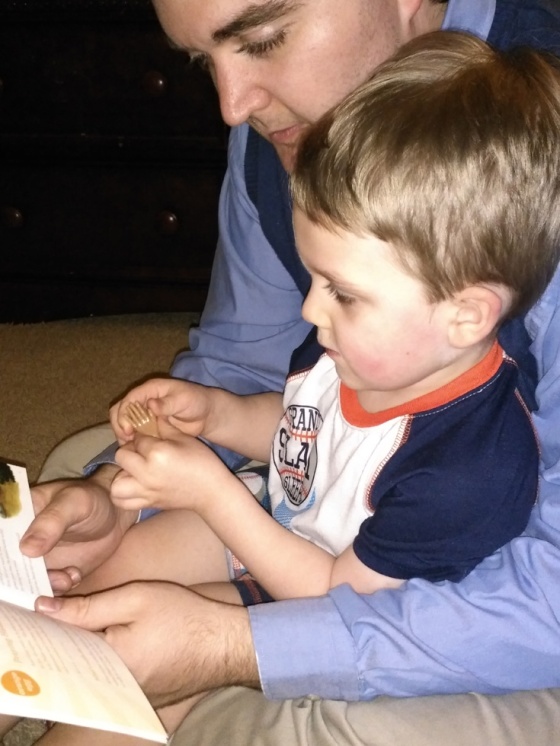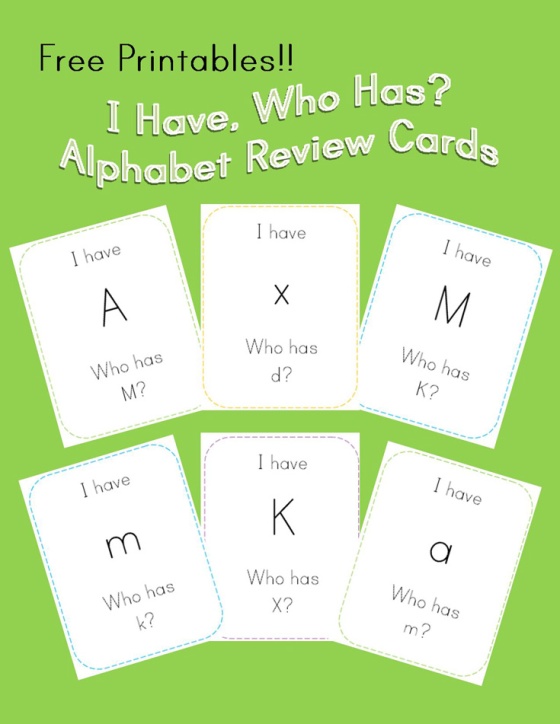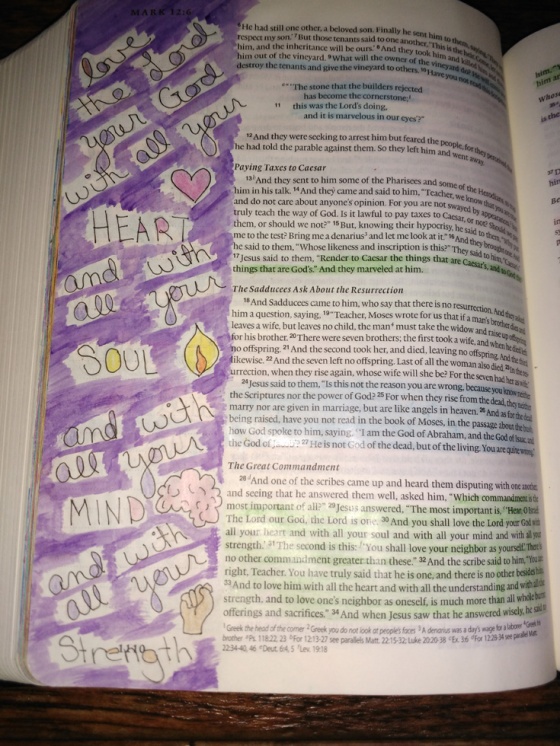
Last week I discussed WHY I enjoy Bible journaling. The next several weeks I will be discussing HOW I go about Bible journaling. It is important to remember that our main goal should be to grow closer to God through meaningful worship. That means that my routine may not be the best routine for you. Use it as a jumping off point and add to it or take out anything you need to.
Pray.
First and foremost, Bible journaling is a form of prayer and worship for me. I like to begin by asking the Holy Spirit to lead me and to instruct me as I am reading God’s Word. An example of this is as follows:
Lord,
Open my heart and mind as I read your word (Psalm 119:18). Give me the Spirit of wisdom and of revelation in the knowledge of you (Ephesians 1:17). Help me to understand your instruction (Luke 24:45).
Amen
Read.
Before you can illustrate your Bible, you have to read it! I usually prefer reading one or two chapters at a time. Some people find reading one section at a time more manageable. Remember that QUALITY reading is more important than QUANTITY reading. We are attempting to KNOW our Lord more fully, not check off a Bible reading plan.
While reading, I keep a Bible dictionary and commentary nearby to answer any questions that may arise while reading.
Highlight.
I usually read with six highlighters. I have a category for each and I like to highlight my entire Bible as I am reading. This may seem like an excessive amount of highlightiting, but it serves two purposes: (1) I have ADHD, so by categorizing each verse, I am staying engaged while reading. (2) If I skip a chapter, I will be able to quickly come back to it because it is not highlighted.
My categories are as follows:
- Pink- Warnings, Things Not to Do
- Green- Commandments, Things to Do
- Purple- God, Jesus, Holy Spirit
- Blue-Promises, Blessings, Prophesy
- Orange-Genealogy
- Yellow- Anything else that “jumps out”
When I highlight, I do not try to overanalyze which color to use. There are several instances when Jesus is speaking (Purple) a promise (Blue) on the condition that we believe in him (Green). In that scenario, I will simply pick one of those colors to use. There are other scenarios where I do not know what category to use, so I simply highlight in yellow. Typically, I see yellow as a sign that I need to pull out a commentary to figure out what that passage is saying.
Reflect.
What does the passage mean? How does this apply to me?
Sketch.
At this point I begin actually “journaling.” I like to turn on music at this point and use the time to further reflect on the passage and worship.
I begin the artistic process by sketching my complete design in pencil. Sometimes I will look online for “how to draw” tutorials if I do not know how to draw a particular element. I also like to look up lettering examples on Pinterest for my verses.
Color.
After I sketch in pencil, I trace the outline in an archival pen. Then I use my colored pencils to fill in the drawing. This is perhaps the most relaxing element of Bible journaling for me.
Paint.
If I am going to apply paint, I do it last. I use a watercolor paint that does well going around and over my pens and colored pencils.
Pray.
At the end of my journaling session, I like to close with a prayer in response to what I read. I like to give thanks for any revelations that may have come to me and ask for help applying what I have learned. My prayer may be as simple as:
Lord,
Let these words dwell within me (Colossians 3:16). I want to not only hear your word, but to be a doer of the word (James 1:22).
Amen
This is a simple outline of my typical journaling process. Some days, I only do part of my routine at a time (especially now with two boys); however, I do try to always begin and end in prayer.
Stay tuned next week for my favorite products for Bible journaling.

